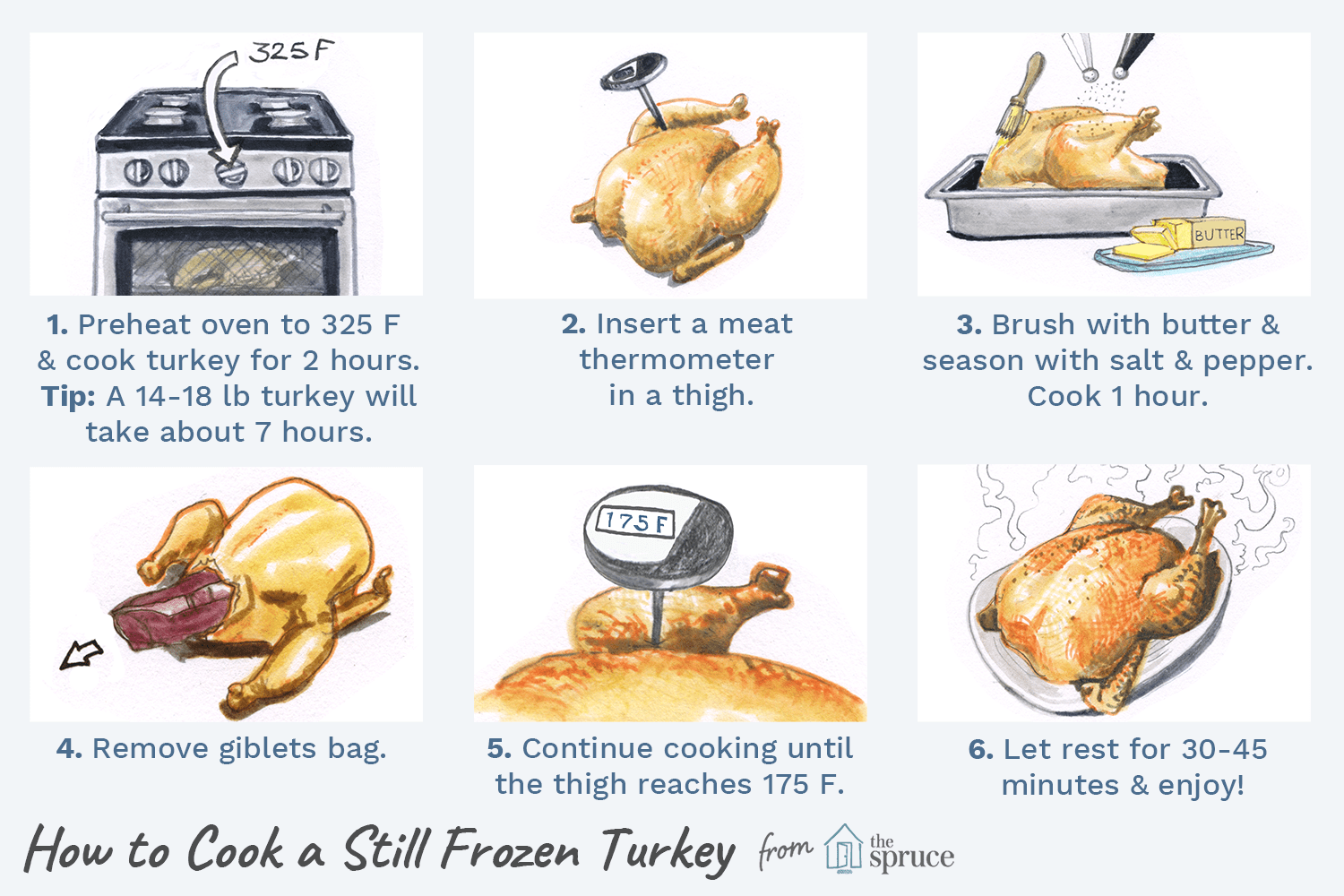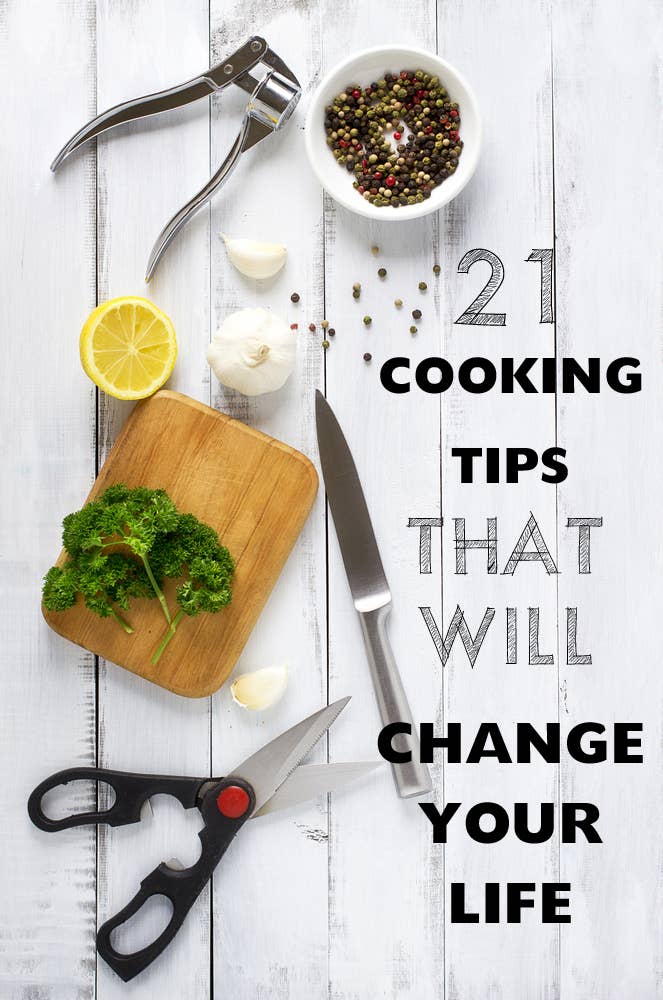
You should be able make a simple, but effective, checklist of your cooking skills for children. These skills include creating innovative recipes, as well as ensuring safety in the kitchen. Here are some tips that will help you develop these important skills in your children. Here's one example of a checklist:
List of essential culinary skills
An aspiring chef should not only have a culinary degree but also know how to properly prepare food. These skills include knowing how to determine the freshness of ingredients and prepare meats, fruits, or vegetables. They also know how to convert standard recipes into larger batches. A chef should have excellent time management skills, and an acute sense of taste and smell. Furthermore, they should be capable of properly handling knives and food equipment.
Sauteing is a versatile cooking technique that can be used for a variety of ingredients. Sauteed shrimp in garlic butter and light sauteed vegetables are delicious. Braising is one of the oldest methods of cooking. It involves boiling on a fire. Although it is not a very advanced skill, it is still extremely useful. It is a basic skill that can be taught to cook. You should also know how to use a knife, and safety tips.
Develop creative recipes
Creativity is key to success when preparing meals. They are a way to show off your creativity and skills. Divergent thinking is also known as creative thinking. It allows you to think outside the box to come up with innovative ideas. This is an important skill for a cooking career, because it allows you to experiment with different flavors and cooking techniques and impress your customers. You can experiment with new flavors and impress your employer by using your creative mind. Try different combinations of flavor, and come up with interesting themes for the meals. To improve your creativity, brainstorm and research cooking methods.

One problem with defining cooking skills, is that they are inconsistent. While they disagree about which one is most important, the authors agree that the definition of the skill needs to change. They argue that the definition of a skill should be evolved from the perceived "Golden Age" when cooking skills were developed beyond a person's ability to prepare basic foods. To create an increasingly healthy and vibrant future for food, we must support the evolution of these skills and their use.
A safe kitchen environment
You must create a safe environment for staff in commercial kitchens. The kitchen can be a potentially dangerous place with electrical appliances, bacteria, and an open fire in the oven. It is important to create a plan for cleaning the kitchen and use safety equipment. Keep children under control in the kitchen. Safety plans and training employees can make a big difference in preventing accidents.
All kitchen staff must be trained in fire-safety and fire-resistance. You can get fire-safety training through your local fire department. Staff in the kitchen should be familiar with where fire blankets and extinguishers are and how they can be operated. Training employees in CPR and first aid should also be given as needed. Kitchens should have nonslip flooring.
Identifying food safety hazards
Identifying food safety hazards is an essential part of your overall safety program, whether you are preparing a meal for your family or catering for a special occasion. It is essential to identify possible hazards when preparing food. Failure to do this can result in regulatory action and brand damage. Codex HACCP compliance in food businesses is vital. Identification of hazards is a key requirement.

Many physical dangers can be harmful to people. They can be natural or artificial and can come from people, plants, or even packaging. Different physical hazards may cause different degrees of injury or disease. These hazards don't have to be necessarily dangerous. They just need to be eliminated. To identify potential hazards, determine the source of the danger and how to reduce it. You can also inspect the product for signs of potential hazards.
FAQ
Which is the best method to store leftovers?
Tupperware containers are a good choice for leftovers. These containers are great for keeping food fresh and preventing odors from growing. They also keep foods warm longer. Remaining food can be frozen in freezer bag. To prevent air from escaping, freeze food in a bag. Once the food is frozen place it in an airtight container, such as a zip lock bag.
How long does it take to become chef? What is the average career path in this field?
It takes five years to become a chef. During this time, you will study basic cooking techniques and gain experience working as a kitchen assistant. Once you have completed your training, you may apply for executive, sous, and line chef positions. The average salary for a chef ranges from $25,000 to $60,000 per year.
Do I need to attend culinary school to become a cook?
No. Many chefs started their careers by learning on their own. Some even went to culinary schools to gain practical experience. Many chefs prefer to attend culinary school for the increased opportunities to learn and grow as professionals. Culinary schools allow students to learn hands-on skills, and this helps them improve their cooking knowledge.
Which career path is best for someone who wants a career as a chef or chef? How do I get started as a chef?
You should start as an apprentice if you are interested in becoming chef. Apprenticeships let you work for many years and pay no tuition fees. You can apply to become a sous-chef after you have completed your apprenticeship. Sous chefs supervise cooks and assist them with tasks like making salads and desserts. They also supervise the operation of the restaurant.
What are some basic cooking skills?
Basic cooking skills include knowing how to read recipes, measure ingredients, cook food safely, and clean up after yourself. If you want to be able to cook for yourself, then you need to learn these basic skills. You can also save money by cooking at home.
Where can I get free online cooking lessons
You can find free cooking lessons on many websites. YouTube has many videos that will show you how to cook different dishes. You can access thousands of recipes from some websites. Although you will have to pay a monthly fee for these sites, you can always try them for free for 30 consecutive days.
Statistics
- You'll be amazed that over 90% of CIA students receive scholarships and grants to finish their culinary studies. (ischoolconnect.com)
- According to the BLS, chefs earn $58,740 a year. (learnhowtobecome.org)
- under 10 Kids have been taught that there is special food just for them, and Fiese says that 10 percent of kids will throw a tantrum if they don't get the food they want. (washingtonpost.com)
External Links
How To
How to cook a steak
The thickness and cooking method of any kind of meat will affect the way it is cooked. Thicker steaks can be cooked on a low heat. Thicker steaks need to be cooked at higher temperatures.
It's important to not overcook the steaks as they will lose their taste. Don't forget to take the steak out of the pan once it's finished. This will ensure that you don't burn your self.
Cooking times depend on the size of the steak and the desired degree of doneness. Here are some general guidelines.
Medium Rare: Cook till medium rare. This is when the internal temperature of the food reaches 145°F (63°C). This process takes between 3 - 5 minutes per side.
Medium: Cook until medium. This means that the internal temp has reached 160 degrees F (71 degrees Celsius). This usually takes about 6 minutes per side.
You are done when the internal temperatures reach 180°F (82°C). This typically takes 8-12 minutes per side.